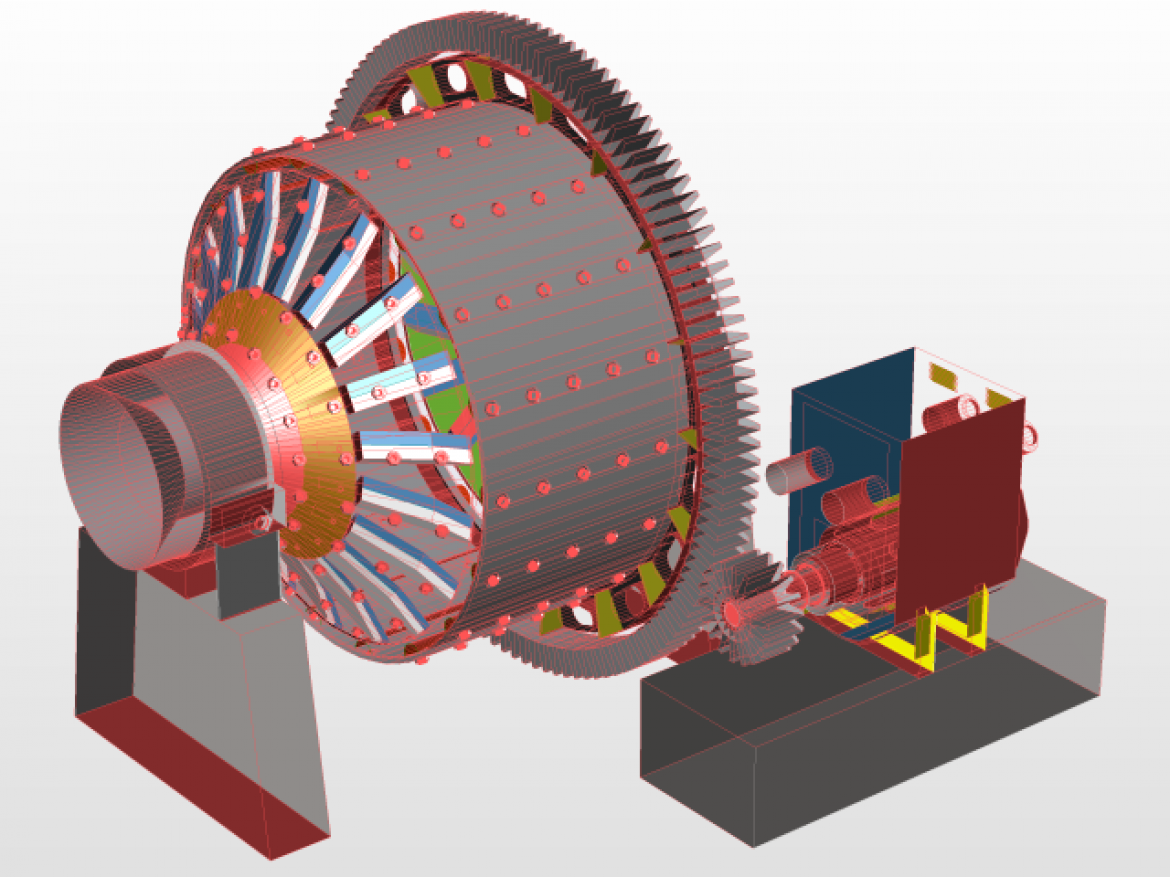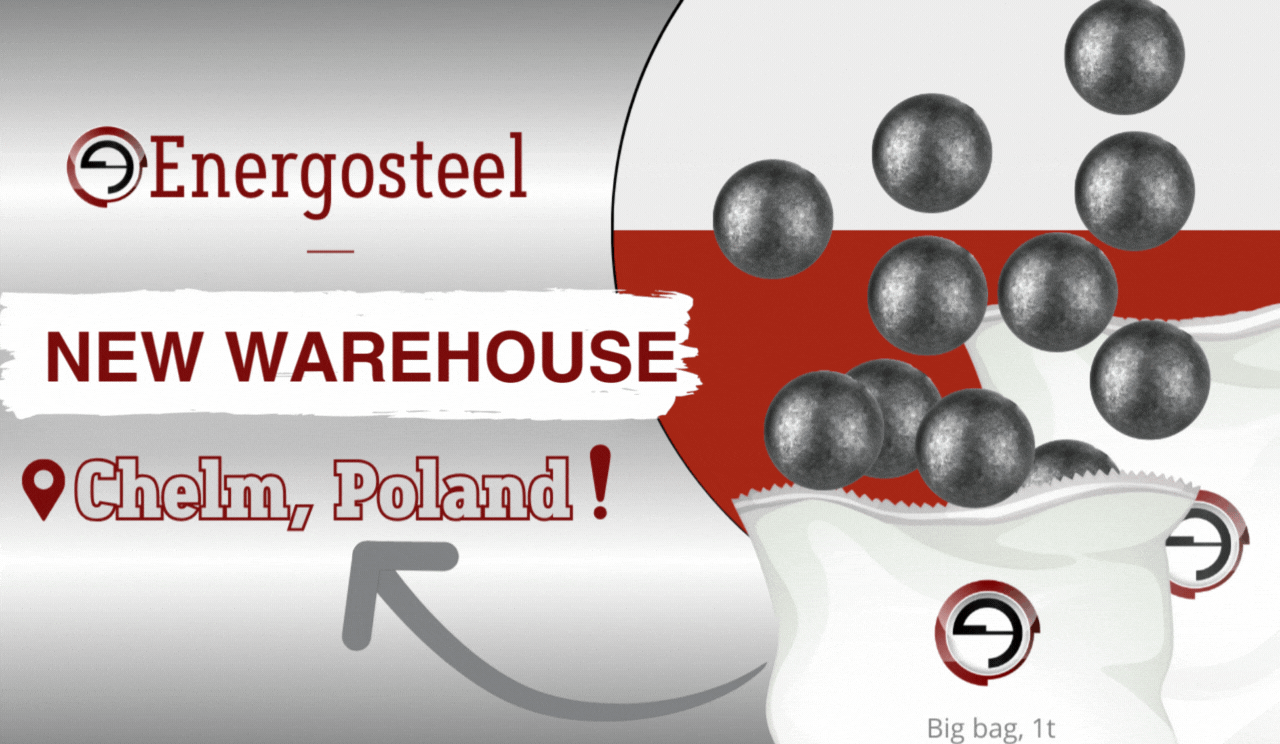Mastering the foreign markets for the grinding media supply, the ENERGOSTEEL company specialists have noted one peculiarity for themselves. Many foreign enterprises use SAG mills (self-grinding and semi-self-grinding mills) in their grinding scheme.
Recall, a SAG mill is a mill type for the material grinding with a larger diameter than its length. The steel grinding balls with large diameters from 100mm to 125mm and above are the grinding media in such mills. As a rule, the filling rate of SAG mills with grinding media is from 6% to 12%. For example, the filling rate of conventional pipe ball mills ranges from 25% to 50% (depending on the material grinding requirements). The principle of grinding is a waterfall regime, i.e. maximum use of the kinetic energy of falling grinding media. The SAG mills used for the coarse grinding of large rock pieces (the first grinding stage).
The necessary equipment choice for grinding material was provided on the following factors, 5-7 years ago: the grinding scheme analysis on a similar enterprise, the absence of stages the medium and fine crushing, the absence of free space for installing additional crushing equipment, the complexity degree of ore dressing, and the high abrasiveness of the initial ore, technologist experience at the enterprise, etc.
Today, the laboratory research results and mathematical modeling use during designing new ore processing plants and/or upgrading existing schemes, more and more often. This allows more accurately determine the necessary equipment range and significantly reduce time and financial costs.
The mathematical methods used for these purposes given below:
- Barratt–Doll method;
- The falling cargo method;
- Starkey method.
We note, the first method – the Barratt–Doll method is the most common in practice which based on the calculation of F. Bond’s working indices. Common to all methods is a full assessment the useful power of the designed equipment, at which energy will be used the maximum to achieve the objectives – the cost reduction of the grinding the one ton of material.
We hope a brief theoretical part of this issue has interested you. We will be available and will examine in more detail each of the above methods in the near future. Follow our publications.







